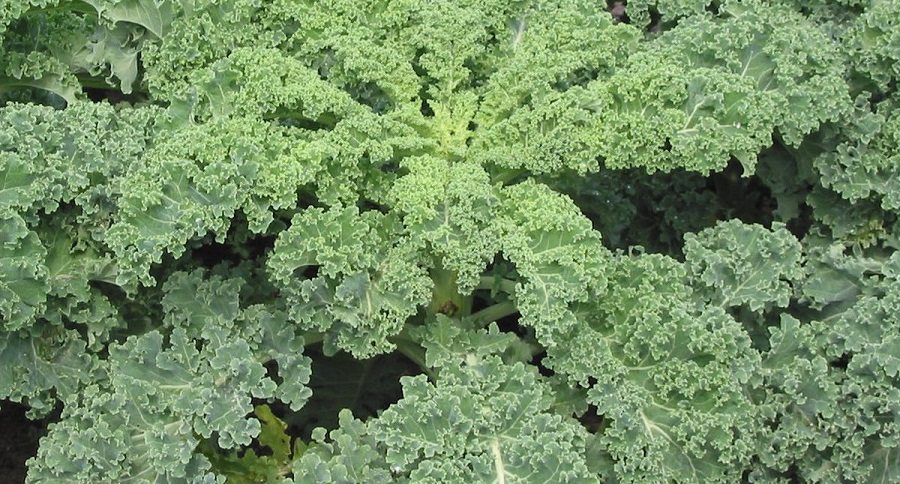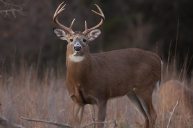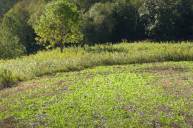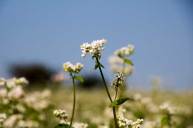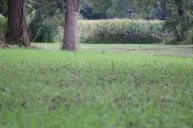Yes, the same green stuff on your hippie dinner plate.
Odds are, you've been to a restaurant where they place a decorative garnish on the side of your plate. Most of those places use kale: a leafy, green, mostly bland vegetable. However, there are some great things about this broadleaf that should make this garnish a focal point.
The first thing I had to look into before I would even plant kale was, "Will deer even eat this crap?" The answer is yes... well, mostly. There are specific species of kale that deer prefer. Those are the Siberian Kale species. They taste sweeter than the other kale varieties and really sweeten up after a frost. The catch is, as with most introductions, it might take the deer some time to develop a taste for kale. I honestly didn't have this problem, though. As you can see in the video below, this fawn is loving the fresh-planted kale.
The next thing that is great about the Siberian Kale is that it is the strongest growing plant I have encountered. I hunt in an area of Michigan that has very sandy soil, and in some places, the soil is straight sand. I planted kale in these locations and in a matter of weeks, it took off and is still growing. Kale will even continue to grow in winter. While Siberian Kale favors a more mild winter, it will still grow well into hunting season. Kale will literally grow in anything.
Finally, I can't confirm from experience, but there is a very good chance you won't have to replant next year. When planted later in the year kale won't flower until the second year, leaving your food plot for next year. If nothing else you'll have a good plot for the turkey to bug in the spring. I would still recommend frost seeding your kale in spring.
NEXT: ANTIDEPRESSANTS FOUND IN GREAT LAKES FISH
